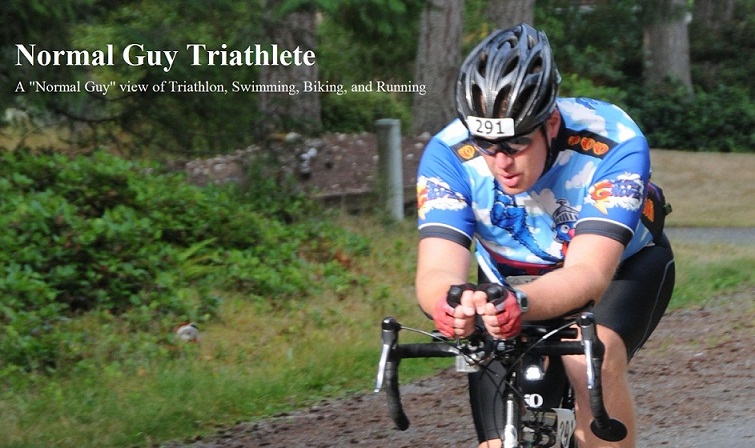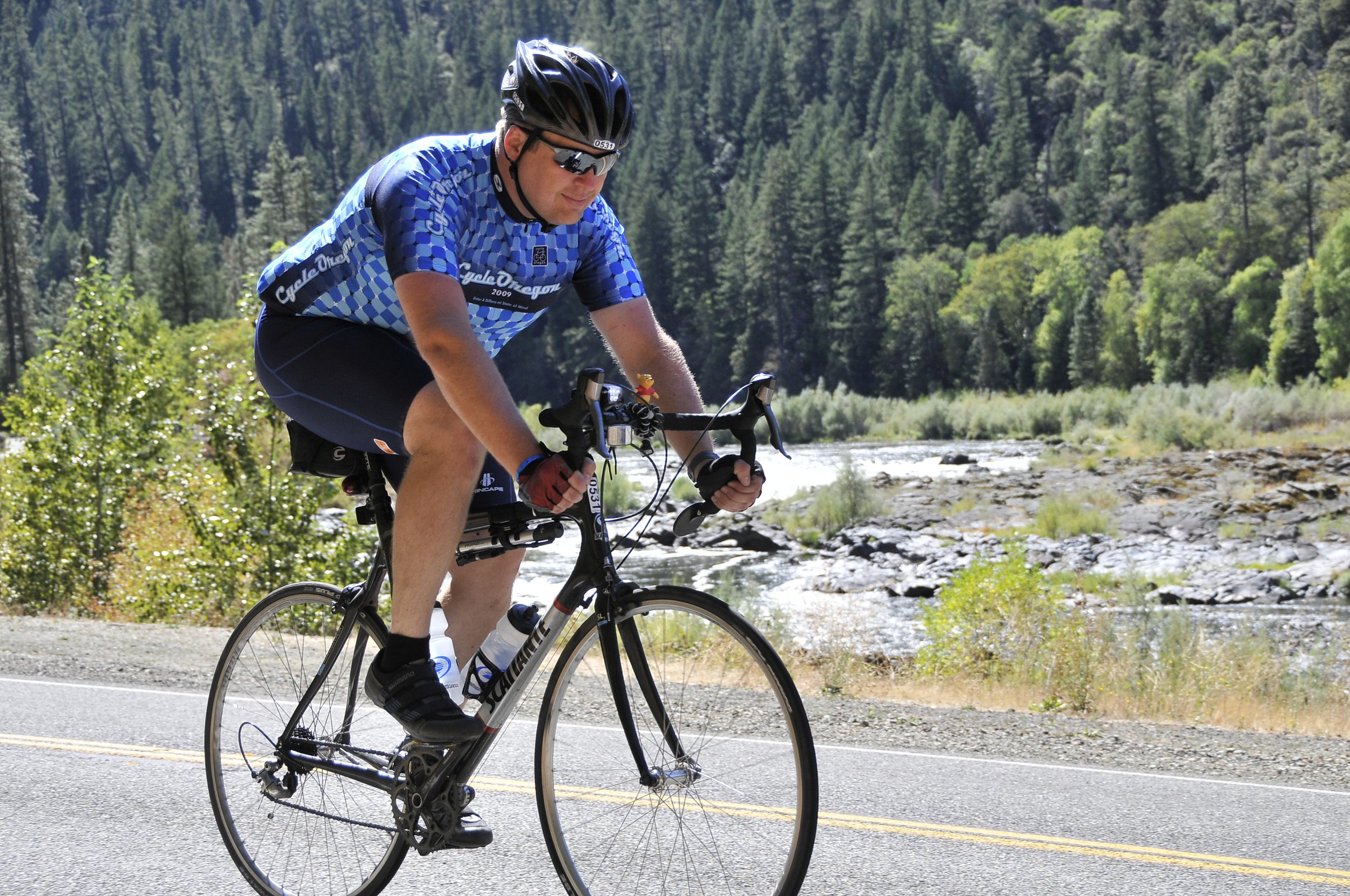Triathlons are not for the faint of heart and, apparently, not for the thin of wallet.
"So Triathlon is the new golf?" I was so flabbergasted that I didn't quite no what to say. This could not possibly be true but there was the data in black and white-
"According to a study initiated by USA Triathlon, the average triathlete is a married 38-year-old with an income of $126,000. Forty-four percent have kids living at home; 60% are male. They spend in excess of $4,000 annually on bike gear, athletic footwear, race fees and nutritional supplements. Nearly half have traveled more than 500 miles for a race."
-Natalie Zmuda, Advertising Age
$4000 a year on gear, race fees, and food? PER YEAR? Seriously? If it doesn't turn out to be a fad then there is significant money to be made marketing/selling gear to triathletes in the coming years.
...Unless that triatlete is me. I may be squarely in the demographic quoted above but I spend NO WHERE NEAR that amount of money on my craft. Is it possible to be a triathlete and do it on a shoe-string budget? ABSOLUTELY!
Let's break it down into the main categories mentioned in the article above and see how you can do it without breaking the bank. To be fair to all you lady triathletes out there I called upon an old friend, Valerie, who finished her rookie race this past year and did it for just-over $200!
Finding the Best Deals
TIMING IS EVERYTHING: Best advice I can give you - plan what you need NOW and start researching and window shopping. Notice I didn't say buying? That comes later. If you wait until the last minute to find what you need you will either spend WAY too much (i.e. list price) or find yourself loaded down with worthless gear that doesn't fit or meet your needs.
Once you know what you are looking for, you can take your time and wait for the right sale.
The best time of year to buy gear is the last month of the season and the 2 months following (August-October in North America). That's when shops are clearing out the current year's merchandise, prepping for Inter-bike, and getting ready to stock up on the latest products. If you can settle for the previous year's clothing or gear you can save some serious dough.
Deal Websites: My favorite site lately has been Steep and Cheap but you can also find great deals on Amazon and many others. Also look for "deal of the day" on sites like Western Bike Works, REI, and Competitive Cyclist. These sites are great but if you don't know what you are looking for they are useless. Do your footwork first and they are much more valuable.
Clearance Sales: The REI seasonal clearance sales, the clearance section of just about any shopping website, and even Performance Bike and Bike Nashbar are a great place to find hidden gems. Case in point: My bike commute shoes are a pair of size 49 Canondale Roam shoes. I found them on a fluke on Bike Nashbar for nearly 75% off (less than $30).
The Clearance Rack: When I go shopping at any store (clothes, electronics, and especially sporting goods) the first place I go is the clearance rack/section. Some of my best finds have been at REI, the Nike Factory store, and, yes, Target (amazingly low prices on basic workout clothes such as base layers for running). Go to ALL of your local bike stores (LBS) and check out their clearance rack/table. You will be surprised what you can find marked down by 80% (like every set of gloves or glasses I have ever worn).
Race/Training Clothing
I put this first because it crosses boundaries with the different disciplines on race day and, most of the time, while training as well.
Tri shorts: A good pair of tri shorts will serve you well on the bike and still be comfortable on the run. I prefer the Pearl Izumi Tri Shorts, men's model of course. List price: $55. If you are going to skimp on something, for heaven's sake don't skimp on your shorts. Do it on the...
Tri top: This is where there is the most flexibility. For short races a normal bike jersey will do but for the longer races you need something that won't chafe your armpits or other sensitive upper-body areas. Once again, Pearl Izumi Tri Top (Sleeveless) is a good choice. List price: $55.
Tri Suit: The even cheaper way to go is to combine the jersey and shorts into a tri suit. The Pearl Izumi Tri Suit lists for $99, $10 cheaper than the shorts and top combination.
I hate to sound like a broken record for Pearl Izumi but they seem to have a lot of clothes that fit me (size XXL). There are other options out there but they are harder to find and more expensive.
That about covers race day clothing but race day itself is less than 1% of the total time you will spend all year in your sport. The rest is spent training. While training, especially on single-sport days, you can wear something a little more tailored for the current sport. If I'm going to spend 120 minutes on the bike doing a long ride I would much rather be wearing bike-specific shorts. There is a lot of flexibility there. I will cover each individually below.












